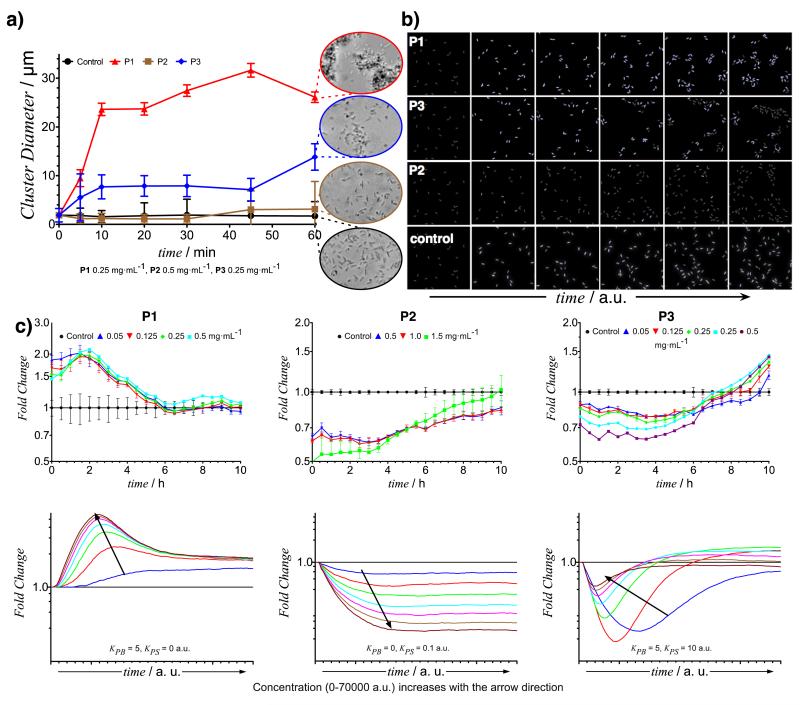Figure 2. Effect of polymers on V. harveyi MM32 behaviour.
Aggregation of bacteria in the presence of polymers, measured in a Coulter Counter® and by optical microscopy (a) were in good agreement with those predicted by the computational stochastic simulation, observed from simultaneous screenshots of simulated bacteria cultures in the absence and presence of polymers (b). Mean value and polydispersity index are reported. Similarly, QS signalling in the presence of polymers, measured by luminescence (c, top) was in good agreement with that predicted by the computational model (c, bottom). “Bacteria sequestrants” (P1) enhanced luminescence (Fold Change ≥ 1) throughout the duration of the experiment (c, left). “Quorum quenchers” (P2) reduced luminescence (Fold Change ≤ 1) during the same timeframe (c, middle). For “dual-action” polymers (P3) both induction and quenching were observed (c, right). Mean value and standard deviation are reported. Two-way Anova analysis of experimental results indicates that significant differences in fold change are observed, as polymer concentration increases, for the relevant duration of the experiment (0-8 h). See Supplementary Information for further details.

